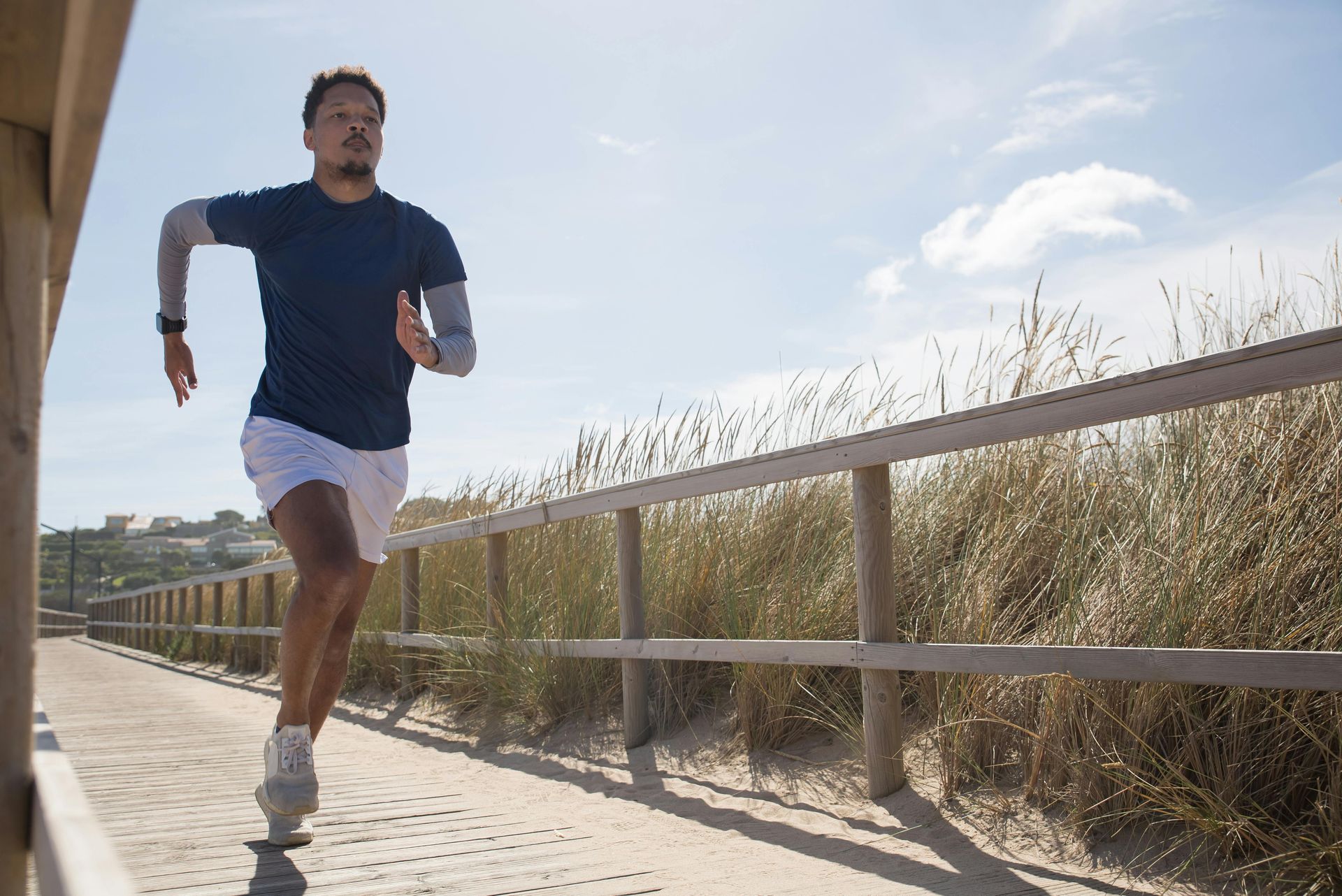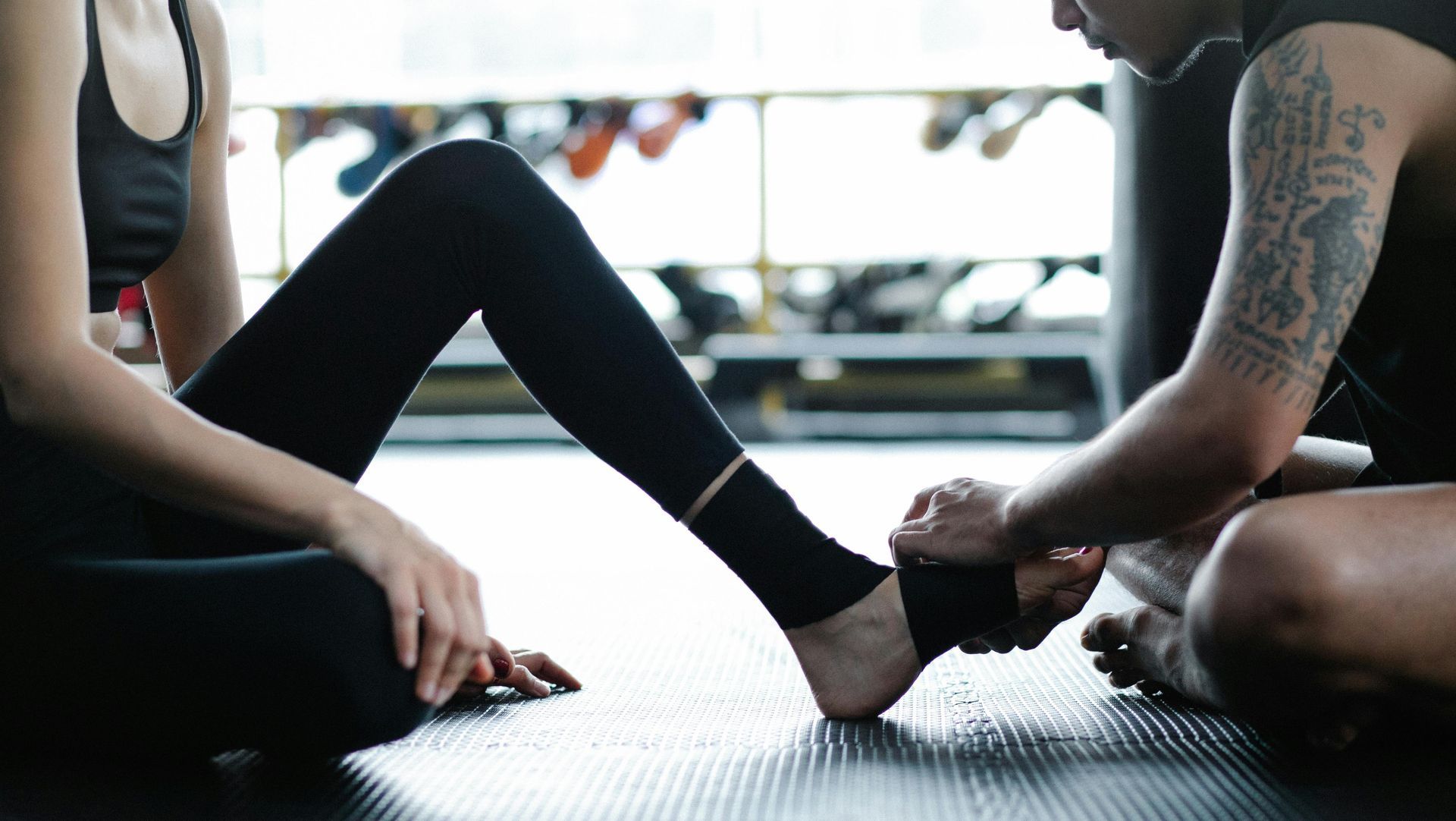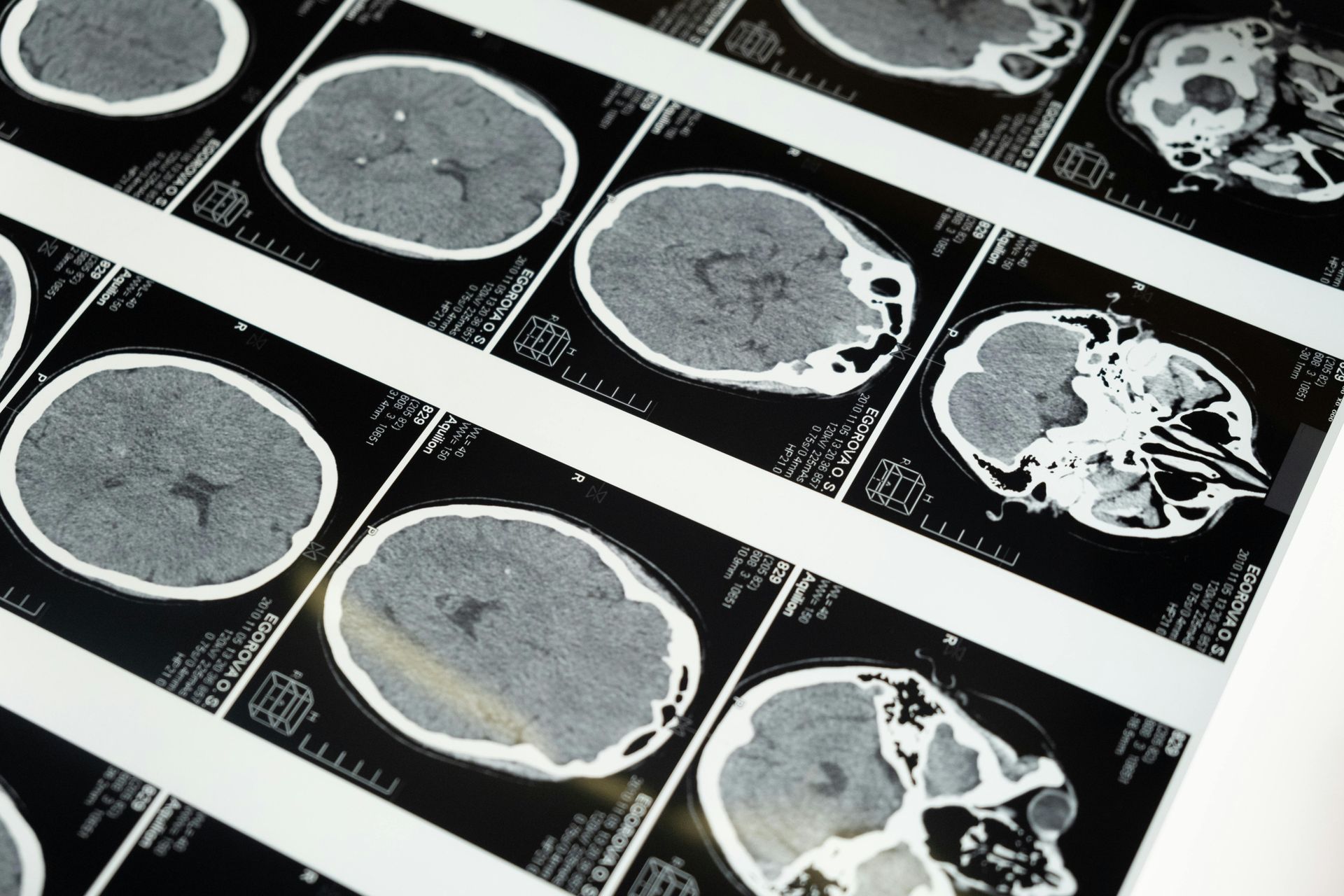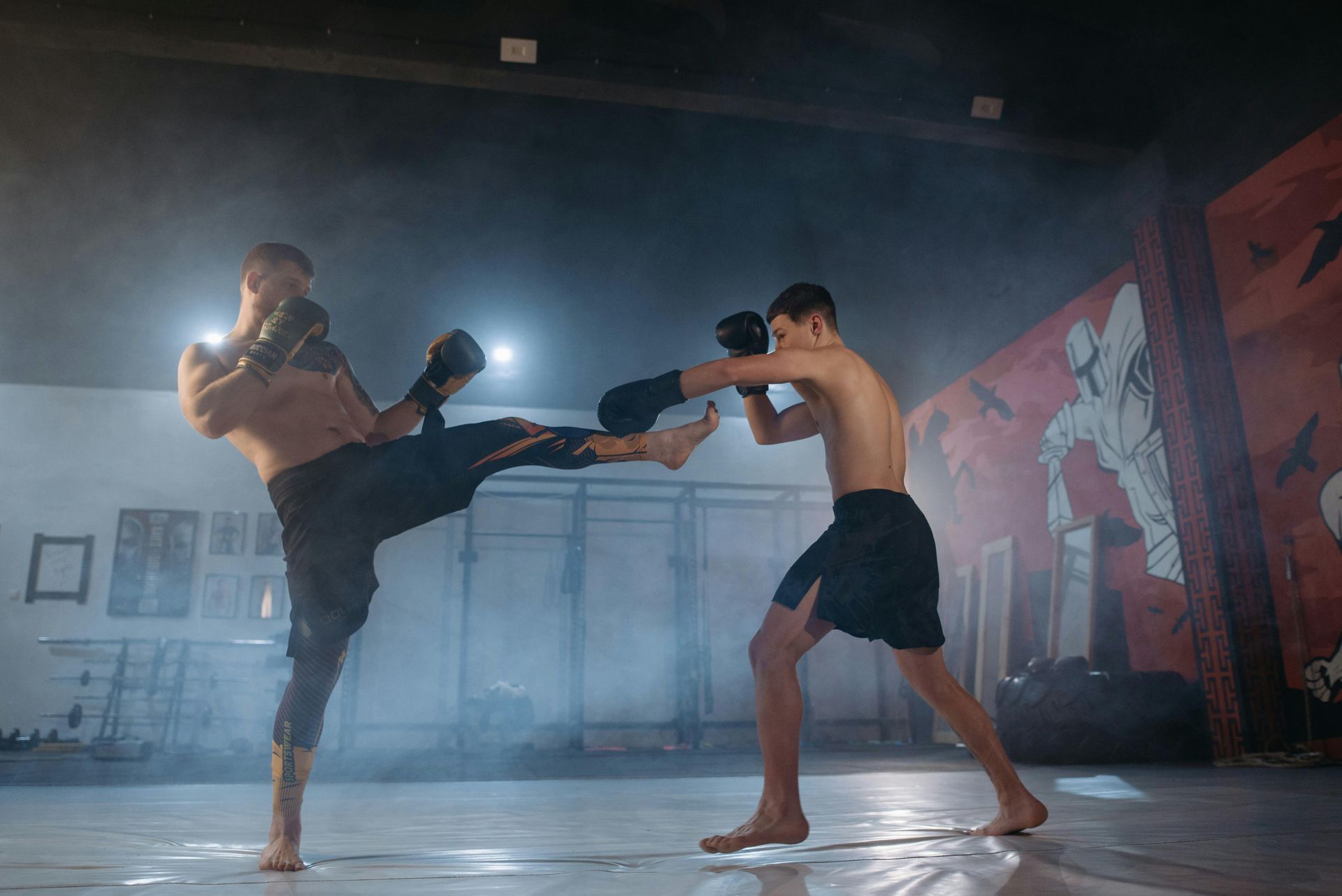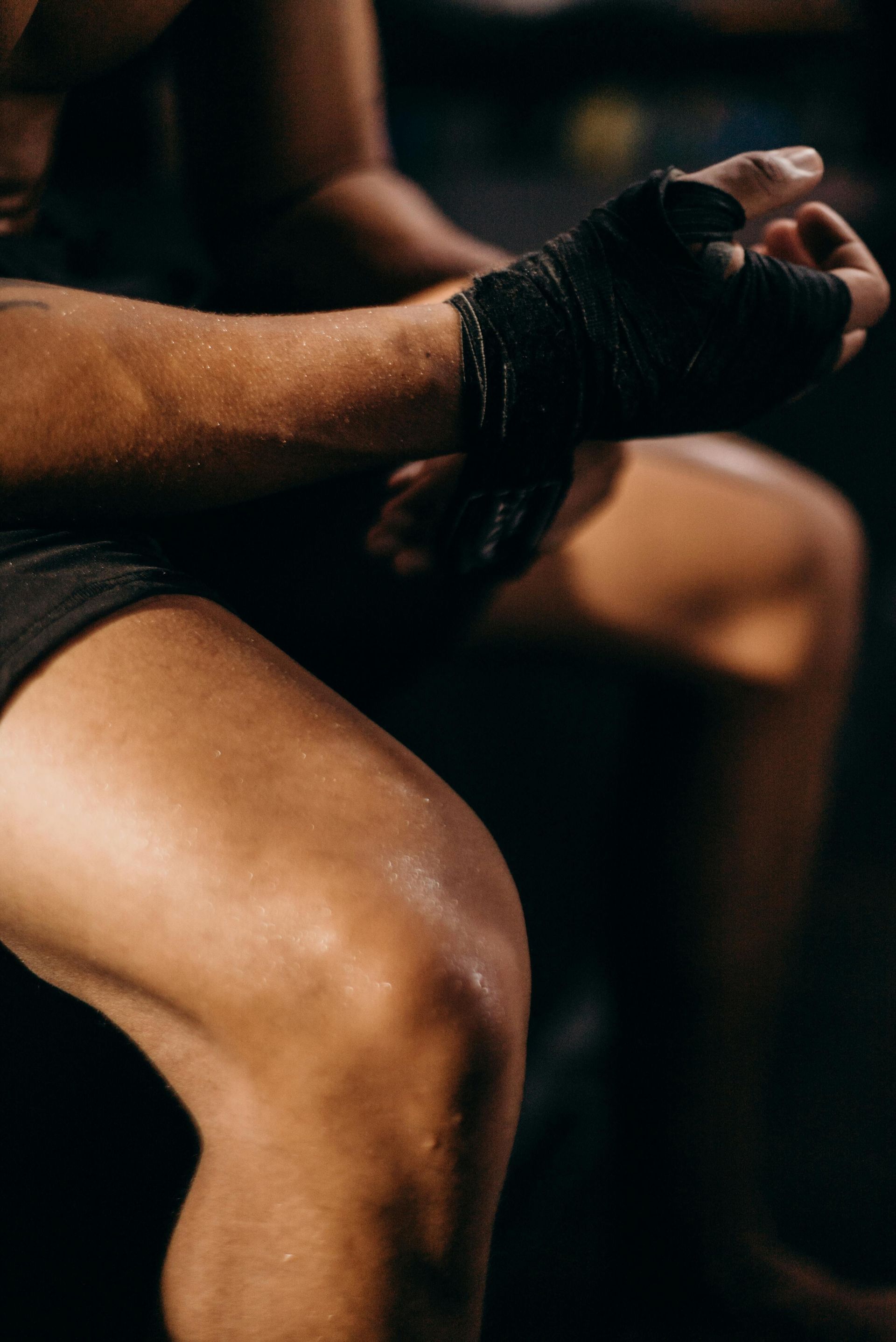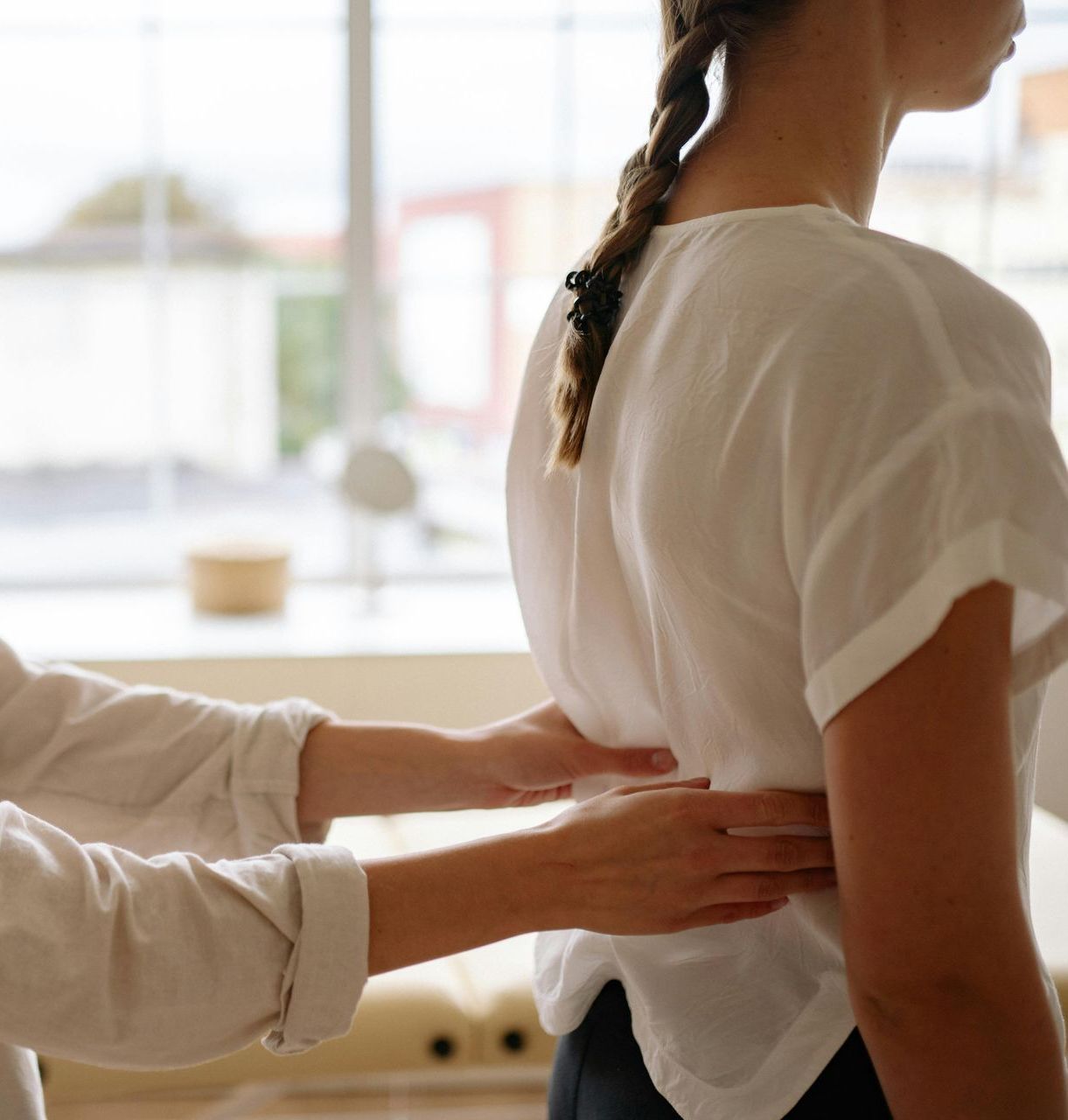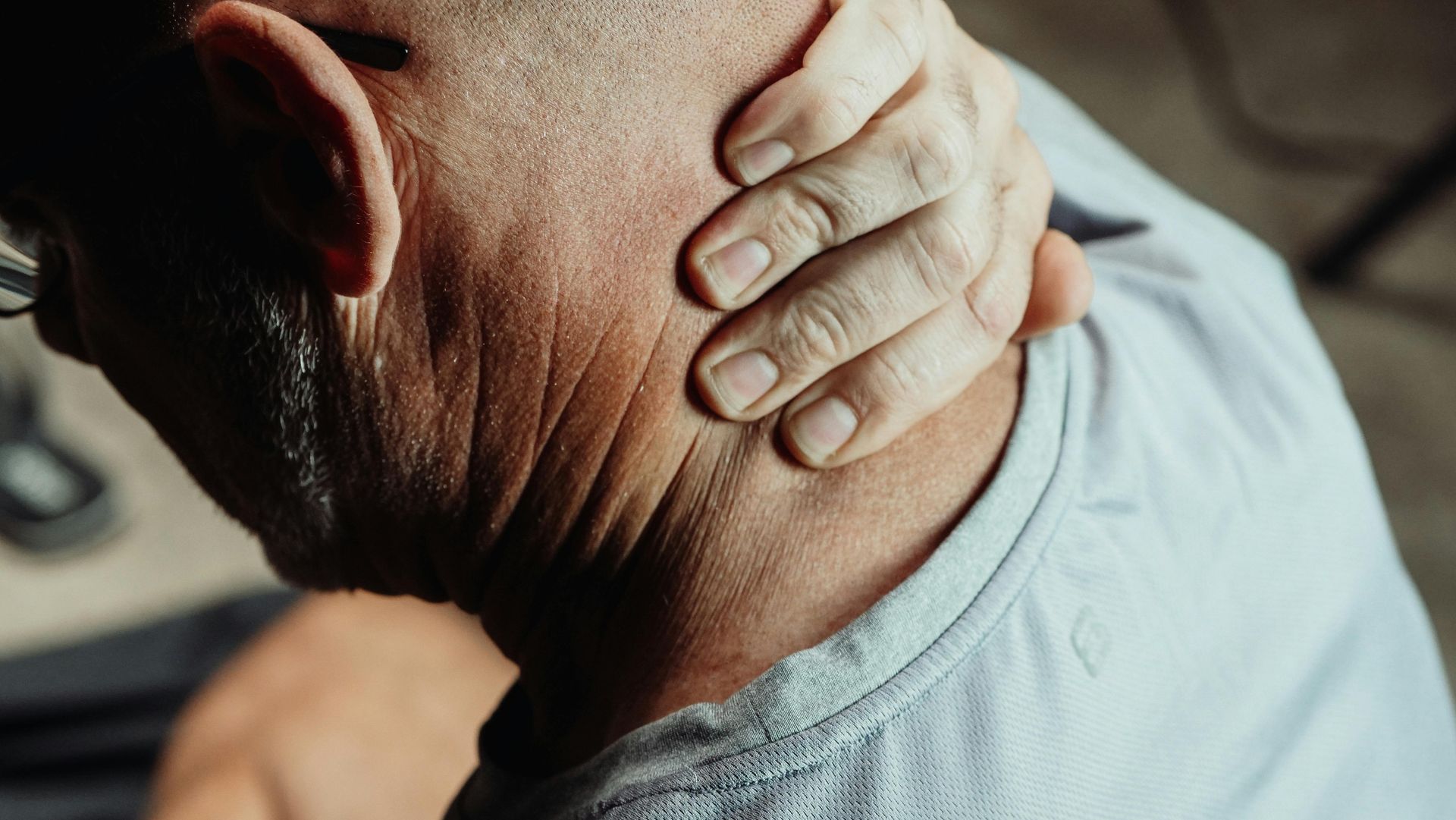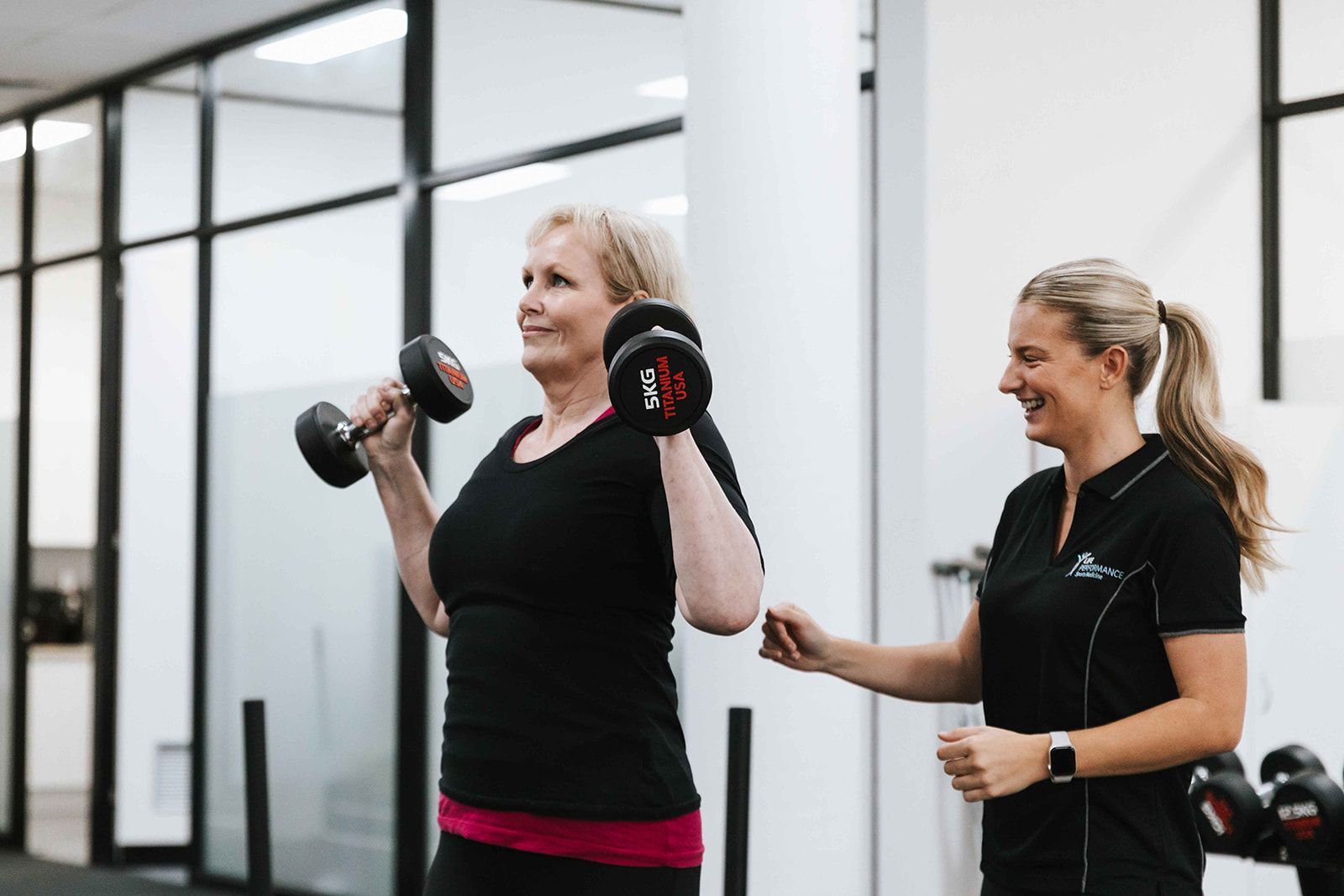Anterior Knee Pain

Do you get pain at the front of your knee?
Walking downstairs?
Sometimes you feel like you have to go down sideways!
When you’re hiking…… Especially when you have to go downhill?
Playing sport…. Especially when you have to do a lot of short stop and start type movements?
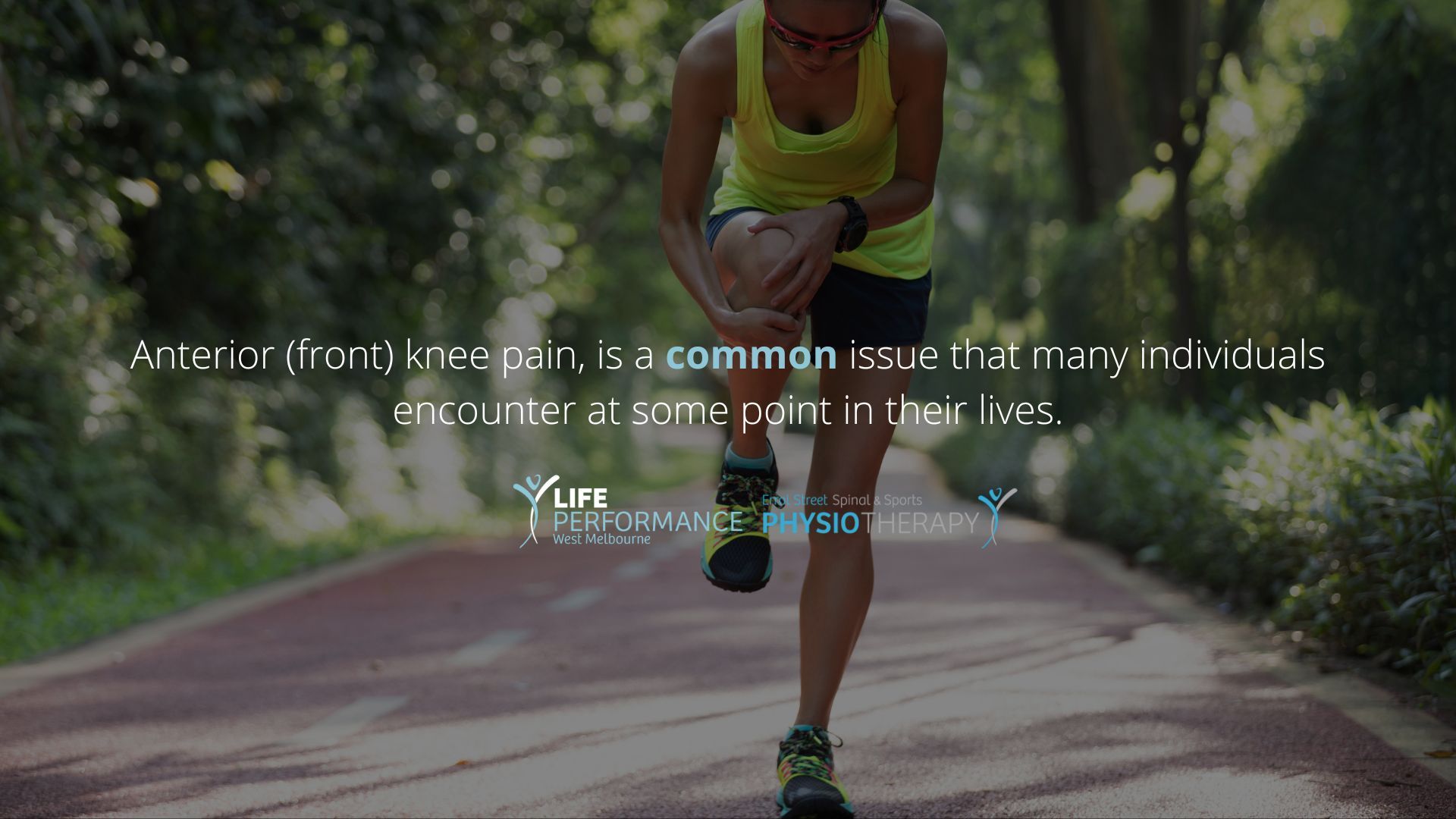
Whether you're an athlete, a fitness enthusiast, or simply someone who enjoys an active lifestyle, anterior knee pain can be frustrating and debilitating.
In majority of cases, the pain is related the knee cap joint (patella femoral joint or PFJ). In some cases it can be related to the patella tendon (patella tendinopathy), however this is more rare than people think!
Patella tendinopathy requires a fairly specific history of jumping sports during the younger years, when the tendon is maturing… think a lot of volleyball & basketball during your teen years.
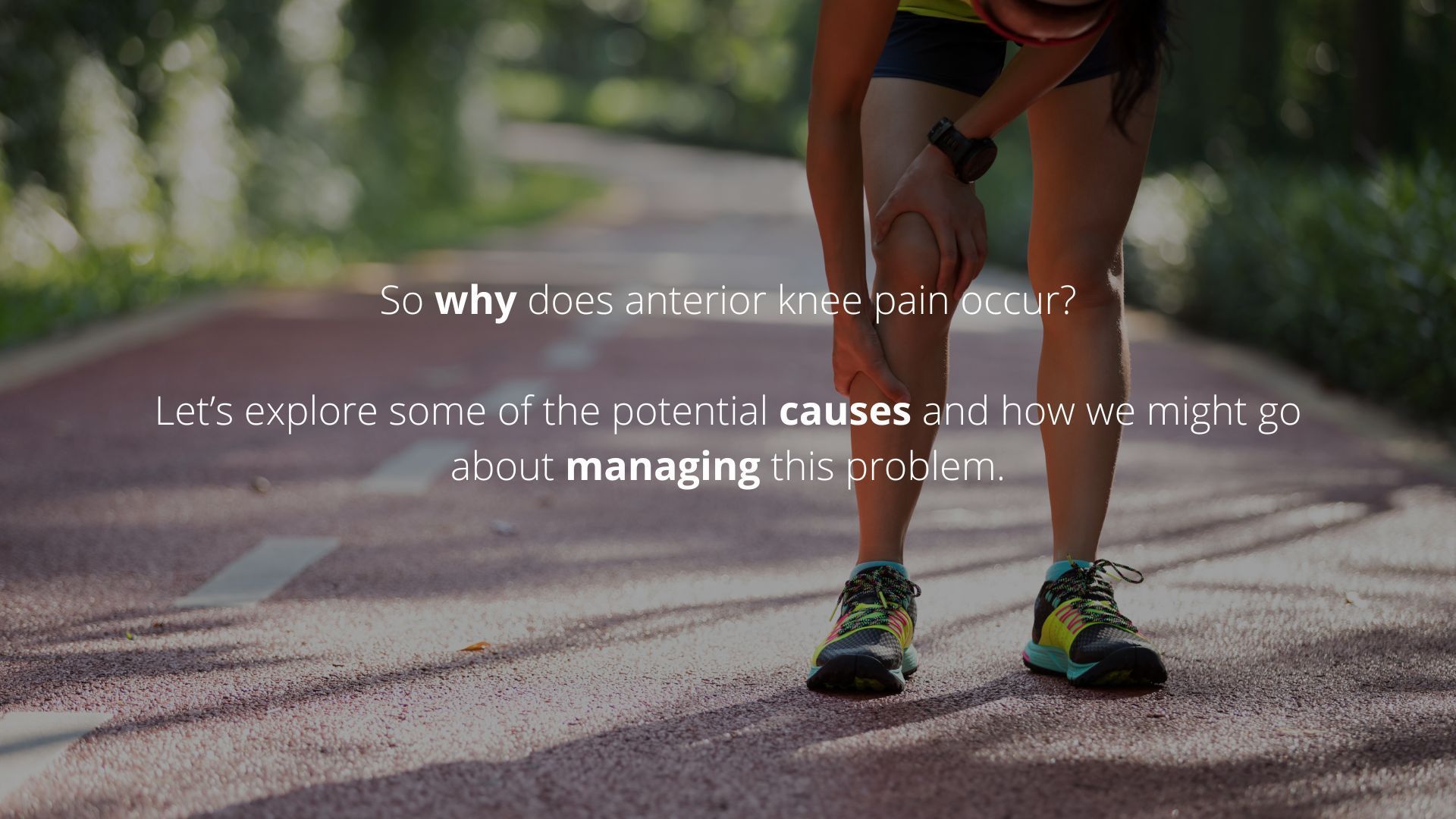
Causes of Anterior Knee Pain:
1. Overuse or Overload: Engaging in repetitive activities such as running, jumping, or squatting without proper rest or conditioning can lead to strain and inflammation in the knee cap joint.
2. Muscle Imbalances: Weakness or tightness in the muscles surrounding the knee, particularly the glutes, quadriceps and hamstrings, can alter the mechanics of the joint and contribute to anterior knee pain.
3. Poor Biomechanics: Issues with alignment, such as flat feet or excessive inward rotation of the femur, can place abnormal stress on the patellofemoral joint, leading to pain and dysfunction.
4. Trauma or Injury: Direct impact to the knee or sudden movements can cause damage to the structures within the joint, resulting in pain and discomfort.
5. Improper Footwear: Wearing shoes that lack proper support or cushioning can exacerbate knee pain by affecting the distribution of forces during movement.
Management Strategies:
1. Modification of activities: Taking a break from activities that exacerbate knee pain can help reduce pain and sensitivity. Usually this is removing activities where the knee has to travel forward over the toes. BUT….. remember this is a short term solution! WE MUST train your knee to slowly accept these knee over toes forces again, in due course, when your symptoms have settled & guided by your practitioner.
2. Gradual progressions in load: If partaking in a new jumping sport or activity, ensure that you build toward this slowly. Your clinician can help you with a program that prepares your knee for these demanding tasks.
3. Physiotherapy: Working with a physiotherapist can help address muscle imbalances, improve strength & capacity, and correct faulty movement patterns through targeted exercises.
4. Strength Training: Strengthening the muscles around the knee, especially the quadriceps, hamstrings, and glutes, can provide better support and stability for the joint, reducing pain and improving function.
5. Orthotics and Proper Footwear: Custom orthotics or supportive footwear can help correct alignment issues and provide cushioning and shock absorption, reducing strain on the knees during activities.
6. Bracing or Taping: Some taping techniques can help with reducing pain levels in the short term, or if we need to get you up for an important match.
Now, we understand the underlying causes of anterior knee pain and have some appropriate management strategies in the toolkit!
